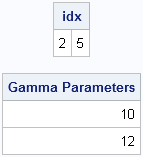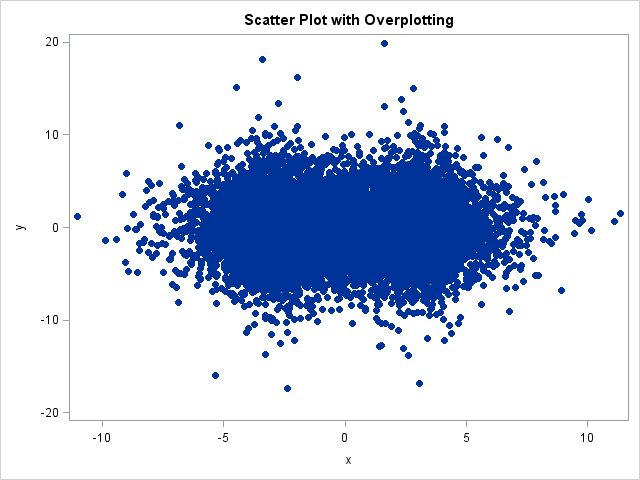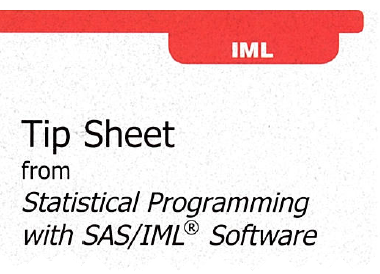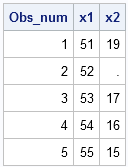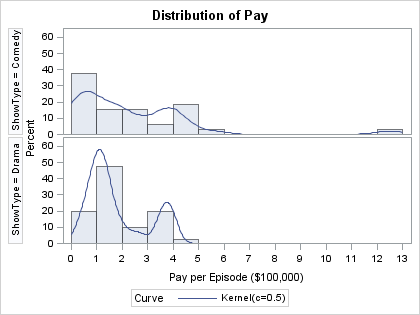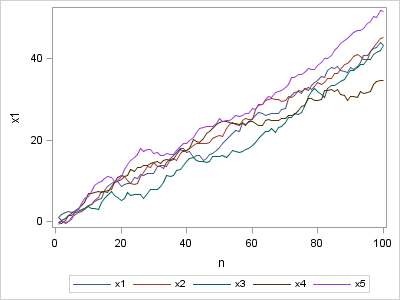
In my spare time, I enjoy browsing the StackOverflow discussion forum to see what questions people are asking about SAS, SAS/IML, and statistics. Last week, a statistics student asked for help with the following homework problem: I need to generate a one-dimensional random walk in which the step length and



